Guitar strings are commonly made out of steel core wires and then they’re wrapped with an alloy of some sort like nickel. Additionally, there are coated guitar strings from companies like Elixir (on Amazon), who put a thin layer of a chemical polymer over top of them so they’re not as susceptible to corrosion or the collection of gunk, sweat, grime, and dirt. Due to the presence of chemical coatings and metals, there is a concern that maybe guitar strings are actually toxic?
Guitar strings are not toxic because nickel, chromium, bronze, and steel aren’t absorbed through the skin very well. However, with very frequent and repeated exposure over many years, it’s possible to experience side-effects like minor allergic reactions and dermatitis.
To explain it another way, guitar strings are made out of steel and similar materials, and they can be coated in chemicals that are potentially hazardous to one’s health. Unfortunately, they can’t be recycled either in the traditional way but there is one way I’ve talked about before. . However, to actually get enough of these chemicals into your body to cause any kind of harm to oneself, you would have to probably lick the strings repeatedly, every day, for maybe months on end, in fact, this is precisely what one firm determined.
Guitar Strings Aren’t Very Toxic – Even Though They’re Made From Metals
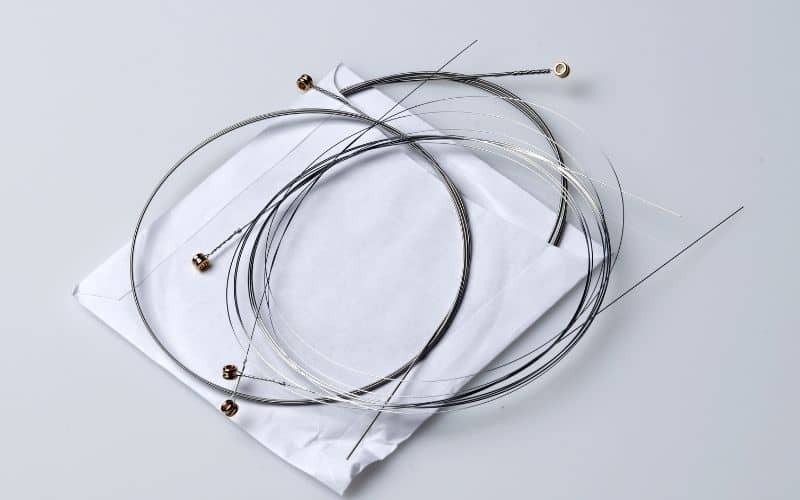
This is a topic where I have to defer to sources outside of myself simply because I’m not a scientist and I don’t have a laboratory where I can actually test how poisonous strings are.
Additionally, it’s kind of a touchy subject too, because if you say that guitar strings are toxic, that means the manufacturers are poisoning people. Either way, I think it’s a useful topic to look into.
There are many studies and surveys done, like this one for example, in which musicians have complained about contact dermatitis and other minor skin conditions, other than just calluses and corns from repeated contact.
The study that I linked above shows cases where professional musicians have been exposed to metals repeatedly, and how it wasn’t entirely uncommon for them to have allergic reactions.
From what can be gathered by the research out there on exposure to metals, most people are safe when interacting with metals on a regular basis and reasonable frequency. But there is a point where one can potentially experience side effects from contact with metals on a regular basis, like professional musicians, who can be exposed to a metal 8-10 hours per day for years.
However, I think it’s worth mentioning that not every person is as sensitive to metals like nickel and steel. Some of the individuals mentioned in the study appear to be more sensitive than the average person when it comes to contact with metals such as nickel, copper, chromium, steel, bronze, and others.
A brief video on how guitar strings are made below:
The Difference In Coating/Metals for Lower and Higher Gauge Strings
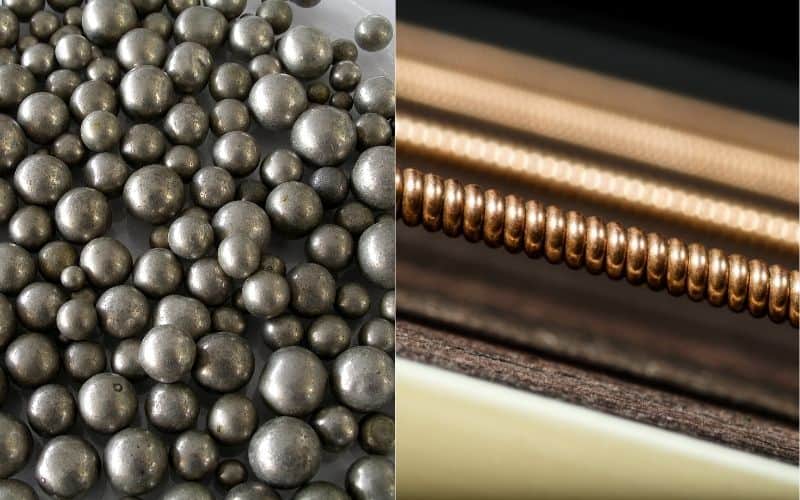
Guitar strings are made in a number of different ways. For example, regular guitar strings, specifically the lower gauge strings that are used for the high E, B, and G string, are usually just a steel core wire that is tin-plated.
In other cases, coated lower-gauge strings are zinc coated and they often have a subsequent polymer coating after.
For the thicker strings, the strings that are used for the lower notes and have a higher gauge; these are tin-plated steel core wire wrapped with wire that is made from phosphor bronze, brass, or nickel-plated steel. In some cases, the wrapped strings that use bronze or brass are also polymer-coated.
Commonly Used Heavy Metals When Making Guitar Strings
Nickel
According to this 2011 paper from Science Direct Journal’s Maqusood Ahamed, while nickel is a toxic heavy metal if consumed directly, gastrointestinal absorption (via the stomach) is very poor, and the metal is also absorbed poorly through the skin unless it’s nickel chloride or sulfate.
Explained simply, you don’t have to worry about nickel-plated guitar strings being toxic from increased exposure because it’s not a metal that is absorbed through the skin at a rate that’s dangerous to a human being. Unless you’re eating or breathing in nickel, as this other paper talks about, it’s a material that you can safely engage with.
Chromium
The same 2011 paper from Ahamed talks about chromium as well, which is commonly used to create stainless steel products, including the cutlery (silverware, forks and knives, or whatever you want to call it) that many North Americans and Europeans use. Chromium, on its own, apparently isn’t that toxic but after combining with other elements – especially if one breathes it in – it can be toxic.
Additionally, chromium is a controversial element for its role in diet and nutrition. Some people believe the heavy metal is actually necessary as a supplement or as a mineral, while others say it’s not. This is a contentious debate and people still argue over whether the human body needs it for nutritional or pharmacological reasons.
Either way, considering we use chromium in the creation of stainless steel cutlery and other utilities, I imagine it must be a relatively safe compound to use for the making of guitar strings, especially if the material is only pressed up against our fingers and not put into our mouthes as forks, knives, and spoons are.
Steel
Most guitar strings have a steel-core wire and then they’re wrapped with another alloy like nickel or phosphor bronze. Steel, as most people know, is a metal that is used for literally thousands of things that we use in everyday society. For that reason, I don’t think it’s worth diving into why steel isn’t that hazardous of a material to use on guitar strings.
Phosphor-Bronze
A part of the copper alloy family, phosphor-bronze is the metal that is commonly used for acoustic guitar strings. Similar to electric guitar strings, you take a steel-core wire, and then it’s wrapped in phosphor bronze which is what gives them their brown/copper-like color. Regarding its toxicity, I found that it’s only toxic in dust where one can breathe it in. In solid form, however, it’s non-toxic, according to this document.
On the other hand, you could argue that there is a conflict of interest considering Olin is the company that actually manufactures phosphor bronze.
Why Guitar Strings Are Safe
Interestingly, there isn’t a lot of solid information on making guitar strings on the internet, with the exception of a few YouTube videos and a couple of legitimate-looking articles.
There are way more forum threads from various guitar-websites where a user every now and then will ask about the potential health hazards of using polymer-coated guitar strings.
Additionally, you can find other articles that are merely opinion pieces that look like they’ve used legitimate investigative reporting.
Take, for example, this opinion article from The Guardian. This is just an opinion piece that a lot of users can’t distinguish from a real article, and in my opinion, it’s just another essay encouraging people to worry about yet another potential health crisis.
Essentially, the article says guitar strings and other commonly used products have small amounts of chemicals in them that can kill you.
As many people have already heard before, this has been stated thousands of times regarding many household products and items that we use every day. Admittedly, there are some cases where the allegations turn out to be true.
As I said above, there isn’t a lot of information on the toxicity of guitar strings specifically, although, there is quite a bit of information on the metals that they’re made out of.
While there aren’t studies or articles written by really reputable sources, you can find some interesting information every once in a while, including this one piece that seems to be a response to a lawsuit or a claim.
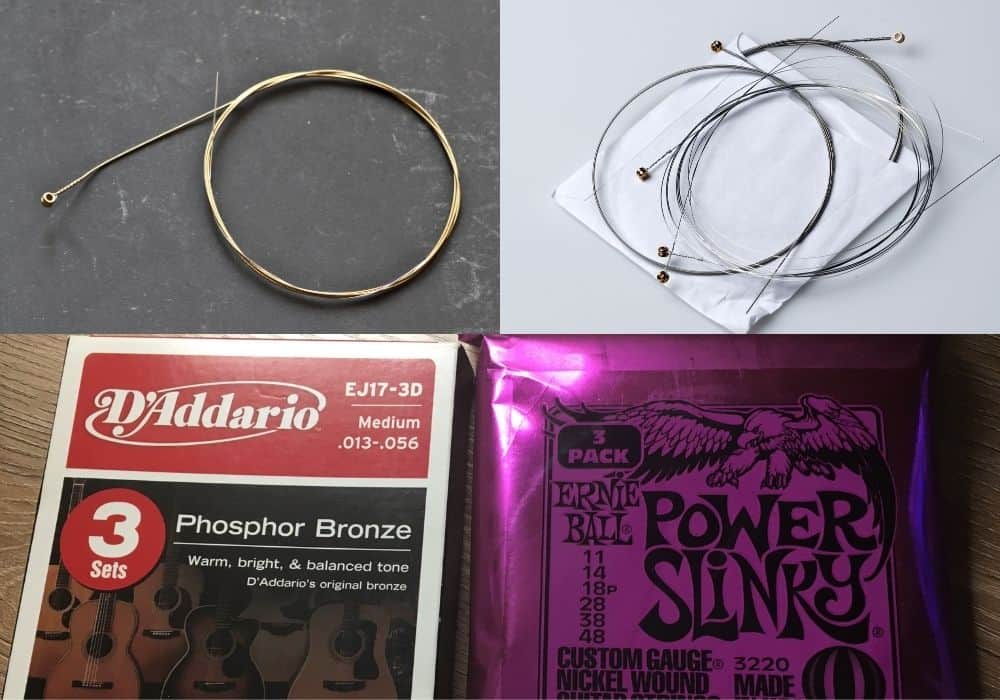
According to this article from Cambridge Environmental, a research and consulting firm, we at least don’t have to worry about things like lead poisoning from guitar strings.
In case you didn’t know, there is actually a small amount of lead that’s used in the creation of phosphor bronze, the metal that’s wrapped around acoustic guitar strings.
It looks like the firm responded to a complaint brought against a guitar strings maker saying that their product had posed a significant risk of birth defects, cancer, or harm, because of the implied presence of lead or other chemical compounds that exceeded the recommended limit set by the California Maximum Daily Level.
In response to their claim, the report says it “is not credible” even at face-value. They say that through a standard wipe-test, there is a very small amount of lead available on the surface of guitar strings.
A guitar player would have to lick their strings 9-12 times per day for years to acquire a large enough dose to actually cause any significant damage to their health.

In other words, they would have to lick the strings over and over again daily to expose themselves to enough lead to actually hurt them. The report goes on to say that there is an extremely small amount of lead in guitar strings on account of brass, bronze, and the tin-plating that’s used to make them.
The existence of lead “is inevitable” because of the normal probability of lead contamination during the manufacturing process of the materials used to make the strings.
In other words, it’s possible metals are contaminated with a very small amount of poisonous substances, but the “presence of lead in guitar strings is not of toxicological significance.”
Explained in another way, many of the products that we use probably do have a small amount of toxicity to them, but the rate and level at which we’re exposed to these chemicals aren’t enough to actually lead to any kind of health problem in the long-term.
Coated Guitar Strings Aren’t Overly Toxic – But They Can Affect Your Sound
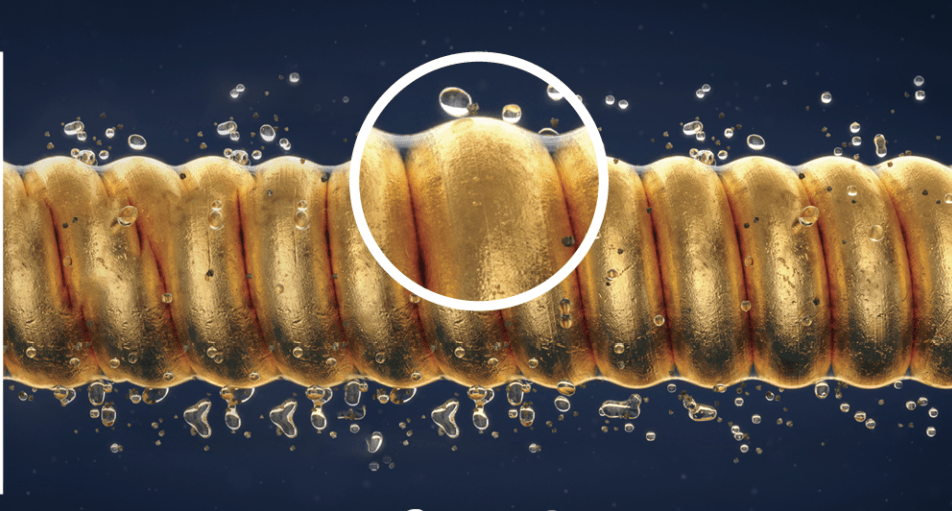
According to this article from Tony Parker Music, manufacturers and inventors have been using polymers and other coatings as early as the 1930s to prevent corrosion and other issues. They used natural and synthetic polymer lacquers as a way of protecting the strings, but there came problems with this method that we still see today.
For example, when you wrap a vibrating string with a polymer coating, you’ve essentially dampened the strings’ vibration which means the sound has been dampened as well.
Anything that gets in the way of the string’s natural vibration is going to negatively affect the sound quality, therefore, “any corrosion by-products, contamination from finger contact, and even coatings that are designed to help prevent corrosion” can dampen the strings.
YouTube Video Tutorial
Why You Shouldn’t Worry About the Toxicity of Guitar Strings
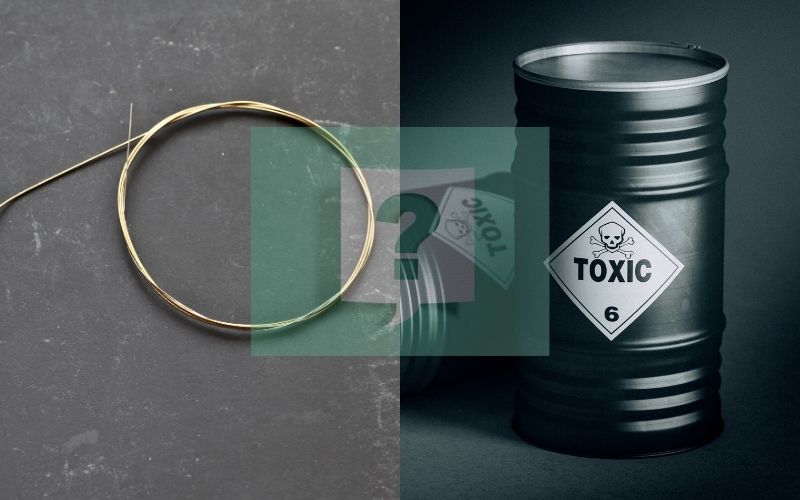
Most metals are not 100% pure and it’s possible there is small contamination of other materials within it.
This is a fact of life, really, and the same thing can be said about the food we eat. There’s no stopping a bug from defecating on the fruit as it’s growing, permanently “contaminating” the fruit and spoiling it forever.
The way I look at it, any time you use a product, eat a piece of fruit made by someone you don’t know, etc, you’re taking a small risk.
Additionally, I think in some cases, as the studies linked above show, that people sometimes can have allergic reactions to certain metals when exposed to them repeatedly and very frequently.
It’s possible that a person may be putting themselves at risk of minor allergic reactions or dermatitis when interacting with guitar strings very frequently and regularly, but the risks are very low.

 Written By :
Written By :